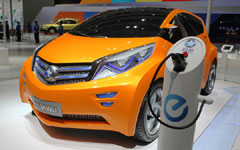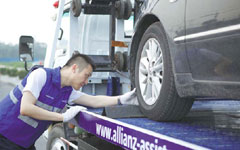Tashi Aphel, deputy chief of Lhasa's traffic police, claims the city authorities have come up with plenty of ways to remedy the situation. More buses and taxis will go into service this year and mass transit systems are planned.
The city is also considering intelligent traffic control, including intelligent traffic lights which automatically adjust waiting intervals according to real traffic flow, and a route guidance system to keep drivers informed of road conditions and possible detours, Aphel said.
|
 |
|
 |
Lhasa's air remains some of the best in the world, but in the first 10 months of 2013, the city recorded "excellent" in only 94.4 percent of air quality tests. Nonetheless, clean air remains a major tourist attraction.
Oxygen deficiency
Having clean air is one thing, but keeping it that way is quite another with rising vehicle ownership. The city is considering introduction of the China National Vehicle Pollutant Emission Standards (CNVPES) IV this year, according to Wang Junmin, deputy chief of Lhasa's environmental protection bureau.
CNVPES III is the most widely used standard in China. Only Beijing has adopted the strictest Jing V standards (equivalent to Euro V standards). Shanghai and a dozen provinces including Jiangsu, Zhejiang and Guangdong follow CNVPES IV and are considering tightening the regime this year.
New standards could cut emissions from the CNVPES III level by 30 percent to 50 percent.
Using a stricter standard in Tibet could be particularly challenging. Oxygen deficiency and low air pressure result in incomplete combustion of fuel and that means more pollutants than at lower altitude, according to Wang Junmin. Cleaner fuels adapted to local thin air are being developed.
Zhang Shengguo, a senior technician in Lhasa, echoed the need to rise to national challenges in a local way.
"Altitude sickness affects not only people but also cars," he said. Zhang works for Wanrong Investment Co, a Lhasa auto dealer.
"Power deficiency, less sensitive brakes and higher fuel consumption are common problems we see," said he.
He recalled that last summer, a Kia Carnival could not be started because incomplete combustion through oxygen deficiency caused carbon deposits in the engine.
